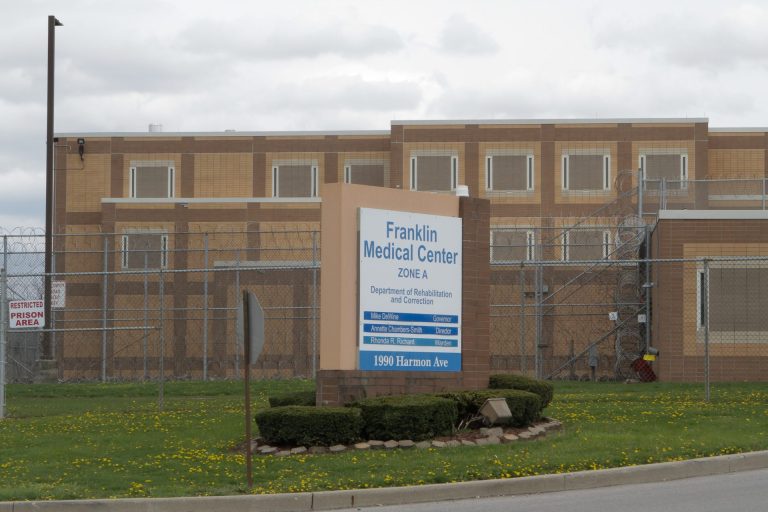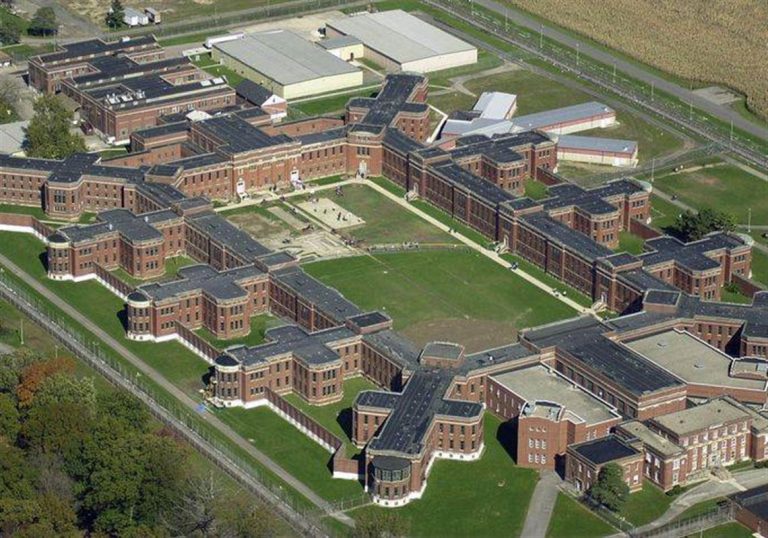Correction Reception Center
Introduction
A Correctional Reception Center (CRC) is a type of prison that acts as the entry point for inmates into the state or federal prison system. It is responsible for processing new inmates, conducting assessments and classifications, and providing medical and mental health services. The purpose of a Correctional Reception Center is to ensure the smooth and efficient intake of new inmates into the prison system, while also providing for their basic needs and preparing them for their next placement within the prison system.
History of Correctional Reception Center
The concept of Correctional Reception Centers has evolved over time, with the first modern prison opening in the United States in the early 19th century. Since then, the prison system has undergone many changes, including the introduction of Correctional Reception Centers. Key milestones in the history of Correctional Reception Centers include the implementation of new technologies and reforms aimed at improving the functioning of the prison system and promoting rehabilitation and reentry.
Types of Correctional Reception Center
Correction Reception Centers can be state or federal, with the latter being run by the Federal Bureau of Prisons. State Correctional Reception Centers are operated by individual states and are responsible for processing and assessing inmates sentenced to state prison. Federal Correctional Reception Centers, on the other hand, are responsible for processing and assessing inmates sentenced to federal prison.
Roles and Responsibilities of Correctional Reception Center
The main role of a Correctional Reception Center is to process new inmates upon their arrival in the prison system. This includes conducting intake procedures, such as fingerprinting and photographing, and conducting initial assessments to determine the inmate’s classification and placement within the prison system. The Correctional Reception Center is also responsible for providing medical and mental health services to new inmates, ensuring that they receive necessary care and treatment from the moment they enter the prison system.
Inmate Life at Correctional Reception Center
Inmates at a Correctional Reception Center typically have a structured daily routine, including work and education programs, as well as recreational activities. The goal of these programs is to keep inmates occupied and engaged, while also preparing them for their next placement within the prison system. Work programs may include cleaning, maintenance, and other tasks, while education programs may include classes on life skills, job training, and more.
Staffing at Correctional Reception Center
Correction Reception Centers are staffed by a variety of professionals, including correctional officers, medical and mental health staff, and administrative staff. Correctional officers are responsible for maintaining order and security within the facility, while medical and mental health staff are responsible for providing care and treatment to inmates. Administrative staff are responsible for overseeing the day-to-day operations of the facility, including inmate processing and placement, program development, and more.
Security Measures at Correctional Reception Center
Correction Reception Centers implement a variety of security measures to ensure the safety and security of both staff and inmates. Physical security measures may include secure perimeter fencing, secure housing units, and regular security rounds. Technology-based security measures may include video surveillance and electronic security systems. In addition, Correctional Reception Centers have emergency response plans in place to respond to emergencies such as fires, medical emergencies, and more.
Reforms and Innovations in Correctional Reception Center
In recent years, there has been a focus on implementing reforms and innovations in the field of corrections, with a particular emphasis on using technology to improve the functioning of Correctional Reception Centers. For example, the use of computerized systems for inmate classification and assessment has become more widespread, allowing for faster and more accurate processing of new inmates. There has also been a greater focus on rehabilitation and reentry programs, with the goal of reducing recidivism and helping inmates successfully reintegrate into society.
Challenges Faced by Correctional Reception Center
Correction Reception Centers face a variety of challenges, including overcrowding, limited resources, and staff safety. Overcrowding can lead to increased tensions and security risks, while limited resources can limit the ability of the facility to provide necessary services to inmates. Staff safety is also a concern, with Correctional Reception Centers facing the risk of inmate assaults and other security incidents.
Controversies Surrounding Correctional Reception Center
Correction Reception Centers have been the subject of controversy, with some advocating for greater focus on rehabilitation and reentry, while others criticize the prison system as a whole for human rights violations and inadequate healthcare. These controversies highlight the ongoing debates surrounding the criminal justice system and the role of Correctional Reception Centers within it.
Best Practices in Correctional Reception Center
Effective classification and assessment, inmate programming and services, and a positive staff culture are all key best practices in the field of corrections, and are especially important in Correctional Reception Centers. By implementing these best practices, Correctional Reception Centers can ensure that new inmates receive the support and services they need to successfully reintegrate into society.
Future of Correctional Reception Center
The future of Correctional Reception Centers is likely to be shaped by ongoing trends and innovations in the field of corrections, including a greater focus on rehabilitation and reentry, the use of technology to improve efficiency and accuracy, and a continued focus on reducing recidivism. The goal of these efforts is to create a more effective and just criminal justic system, where Correctional Reception Centers play a crucial role in the success of inmate rehabilitation and reentry.
Conclusion
In conclusion, Correctional Reception Centers are an important part of the criminal justice system, serving as the entry point for new inmates into the prison system. By providing processing, assessments, and medical and mental health services, Correctional Reception Centers play a crucial role in ensuring the smooth and efficient functioning of the prison system. At the same time, the field of corrections continues to evolve, with a greater focus on rehabilitation and reentry, and the use of technology to improve efficiency and accuracy. It is important that we continue to support and improve Correctional Reception Centers, to ensure that new inmates receive the support and services they need to successfully reintegrate into society.
FAQs
- What is a Correctional Reception Center? A Correctional Reception Center is a type of prison that acts as the entry point for new inmates into the state or federal prison system. It is responsible for processing new inmates, conducting assessments and classifications, and providing medical and mental health services.
- What is the purpose of a Correctional Reception Center? The purpose of a Correctional Reception Center is to ensure the smooth and efficient intake of new inmates into the prison system, while also providing for their basic needs and preparing them for their next placement within the prison system.
- What are the different types of Correctional Reception Centers? Correction Reception Centers can be state or federal, with the latter being run by the Federal Bureau of Prisons. State Correctional Reception Centers are operated by individual states and are responsible for processing and assessing inmates sentenced to state prison. Federal Correctional Reception Centers, on the other hand, are responsible for processing and assessing inmates sentenced to federal prison.
- What is the role of Correctional Reception Center in the criminal justice system? The role of a Correctional Reception Center is to process new inmates upon their arrival in the prison system and to provide medical and mental health services to ensure their basic needs are met. The Correctional Reception Center also plays a crucial role in determining the inmate’s classification and placement within the prison system.
- How does a Correctional Reception Center support inmate rehabilitation? Correction Reception Centers support inmate rehabilitation by providing work and education programs, as well as recreational activities, to keep inmates occupied and engaged. The Correctional Reception Center also plays a crucial role in determining the inmate’s classification and placement within the prison system, which can impact their ability to participate in rehabilitation and reentry programs.








